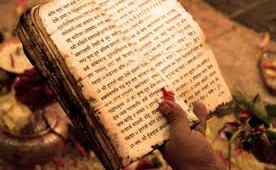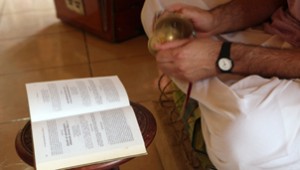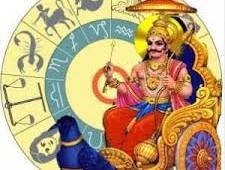The Vedas
- Academic Negationism
- Analysis
- Dharmic Warriors Code
- Fountainhead of Yoga
- Gods of Science and Discovery
- Historical Epochs
- Historical Figures
- Introduction
- latest News
- Legendary Battles
- Martial Arts Origins
- Rajputs
- Sacred Weapons
- The Ahoms
- Videos
- Weapons of War
- Women of Dharma
Swagger Magazine
This is a widget panel. To remove this text, login to your WordPress admin panel and go to Appearance >> Widgets, and drag & drop a widget into the corresponding widget panel.
Archives
- July 2022
- August 2021
- June 2021
- April 2018
- March 2018
- August 2017
- April 2017
- December 2016
- August 2016
- July 2016
- April 2016
- March 2016
- February 2016
- January 2016
- December 2015
- August 2015
- June 2015
- May 2015
- April 2015
- February 2015
- December 2014
- November 2014
- October 2014
- September 2014
- August 2014
- July 2014
- June 2014
- May 2014
- April 2014
- March 2014
- February 2014
- January 2014
- December 2013
- November 2013
- September 2013
- August 2013
- July 2013
- May 2013
- April 2013
- March 2013
- February 2013
- January 2013
- December 2012
- November 2012
- November 2011
Latest Comments
- Anonymous on The Legend of General Zorawar Singh
- Anonymous on Swami Vivekananda’s Encounters with Christian Missionaries
- Anonymous on The Worlds Longest ‘Unknown’ War
- Anonymous on The Legend of General Zorawar Singh
- Anonymous on Contact




